Touching down in Danang and driving the one hour to Hoi An, on Vietnam’s Central Coast, seemed quiet after the hectic streets of HCMC.
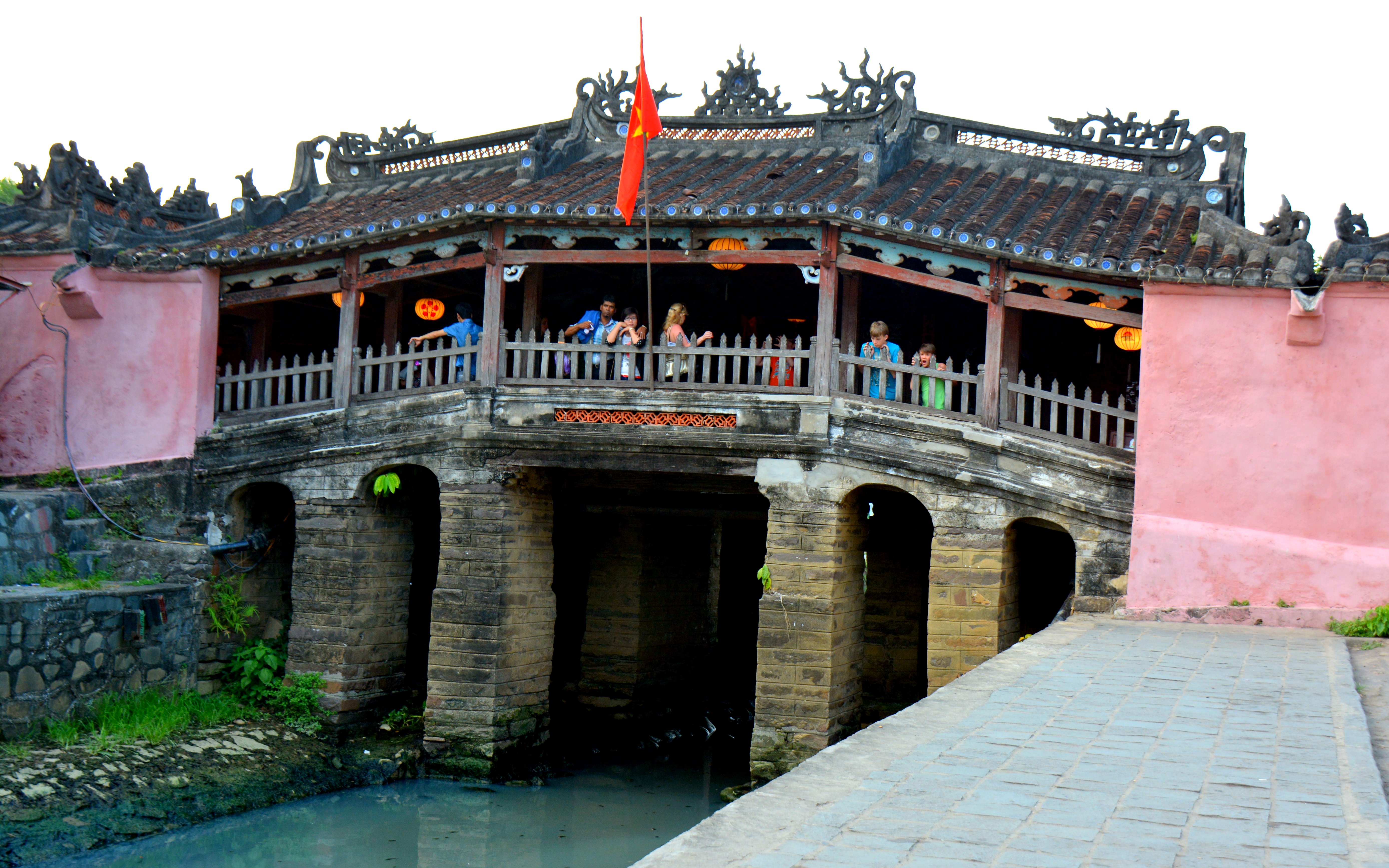
Our main destination for the trip was Hội An, formerly knowns as Faifo (most everywhere in this part of the world has more than one name, it seems), a historic UNESCO World Heritage town of around 120,000. Hoi An was historically a trading town, strategically located on the river, near the sea, and the architecture and fortunes of the city were strongly influenced by past merchants and settlers, especially from China and Japan. Undamaged during the war, the town is an extremely popular tourist spot today, known for its beaches, architecture, food, and tailors.

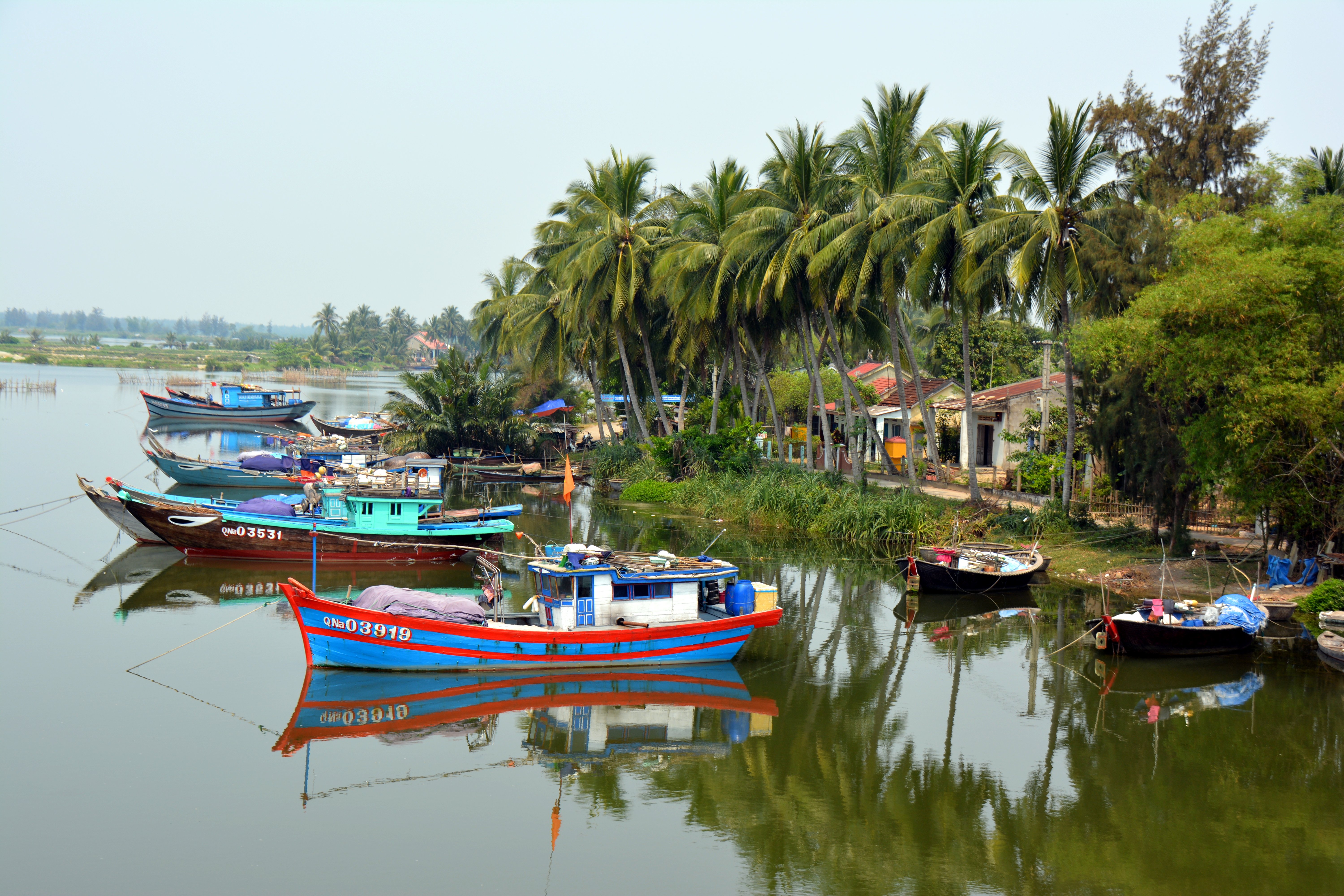
Just like Luang Prabang in Laos, Hoi An is one of those places that remarkably retains its charm despite the influx of tourists. Every third person on the street is a tourist, rather than a local, and it seems like nearly everything is geared to attract their dong (the local currency, the name of which is predictably the butt of many jokes and bawdy t-shirts). The calls of “Miss you want bicycle? Come into my shop? Just looking? You eat here?” and so on, do get annoying, but the appeal of Hoi An manages still to transcend the touristy fanfare. The downtown area has narrow streets, open only to motorbikes, push bikes and pedestrians, and the buildings are all a beautiful mustard yellow, with vines and blossoms cascading over their walls. Rice farmer hats and paper lanterns abound, and narrow alleys reveal crumbling and dignified porches.
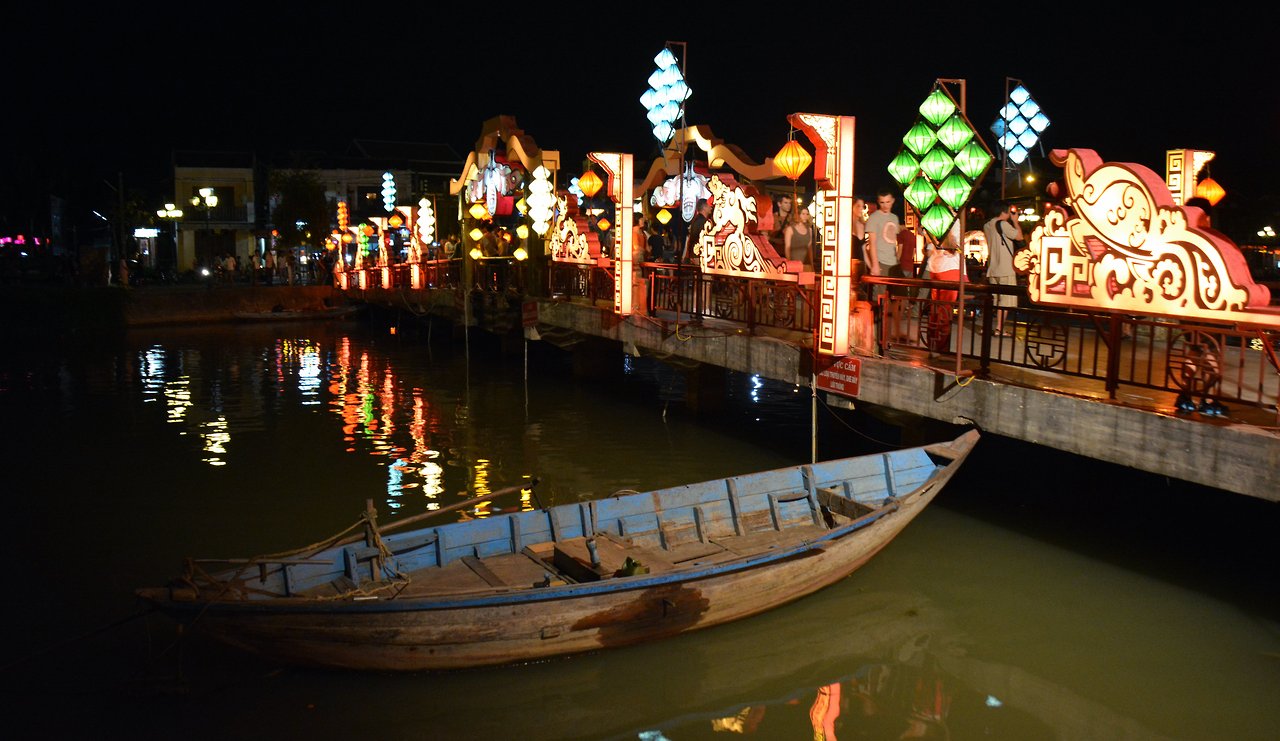

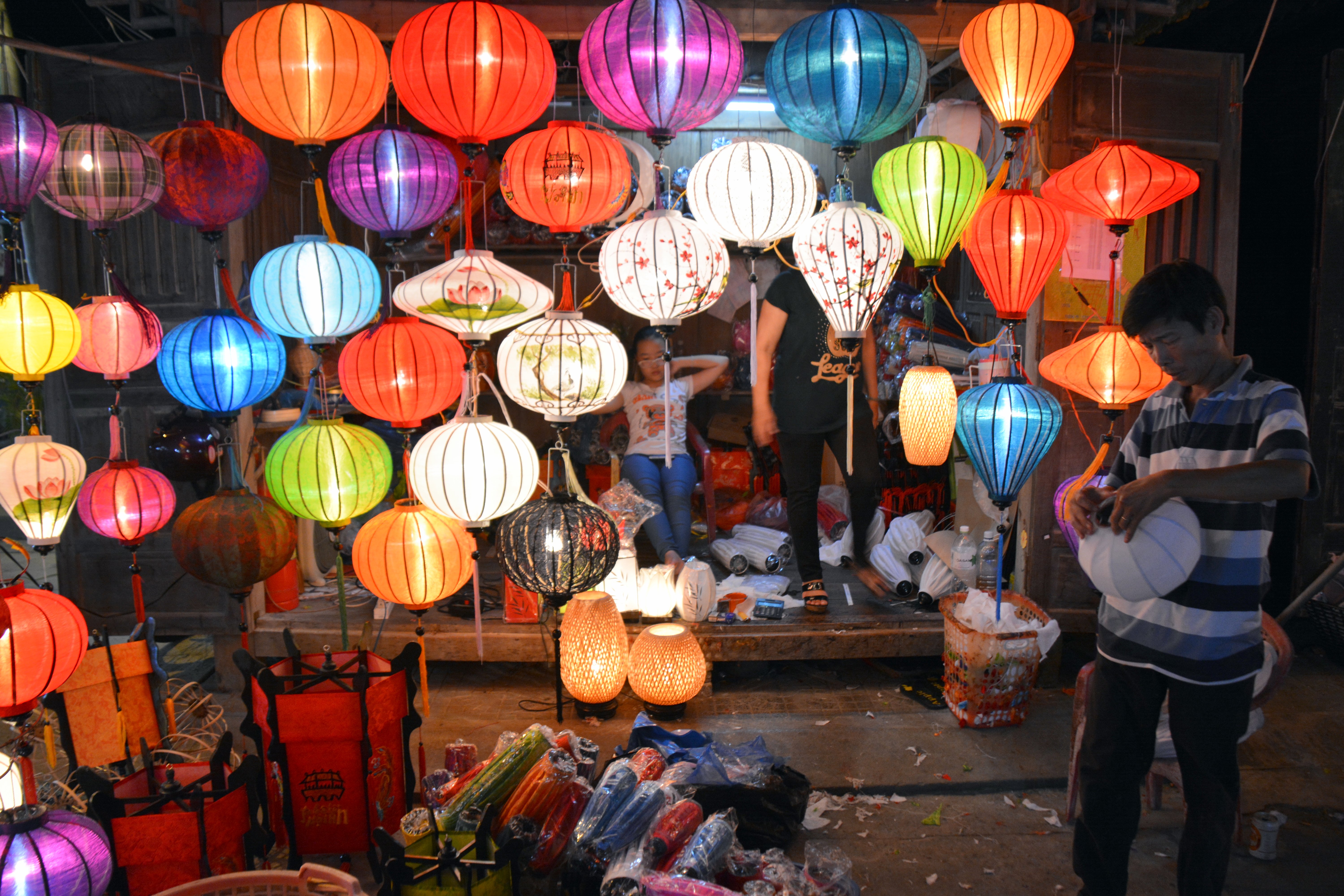
Before this trip, my Asian food allegiance was solidly in the camp of Lao and Thai food, but in Hoi An, Vietnamese food stole my heart. Back in the US, most of my experiences with Vietnamese food seemed nearly identical to Chinese food in the States. Whether this is because I didn’t know what to order before, or because all exported Asian food ends up looking the same after awhile, I’m not sure. But now, my impressions are of a light, flavorful, often quite healthy, cuisine.
Some highlights:
Vietnamese drip coffee: The rocket fuel of Asian coffees, which I always order “white.” The secret is that it’s really just like drinking highly-caffeinated sweetened condensed milk. It’s necessary to take a little break from caffeine after drinking this everyday for a week.

Cao Lau: A Hoi An specialty, served in many different styles around the town, but always with: pork, thick noodles, greens (often mint, lettuce, and sprouts), and a mystery sauce that is light and salty.

Salads: Creative mixtures of meat or tofu with peanuts, bamboo and other fresh veggies. I don’t actually know what they’re called in Vietnamese but all sorts of delicious varieties crossed our plates.
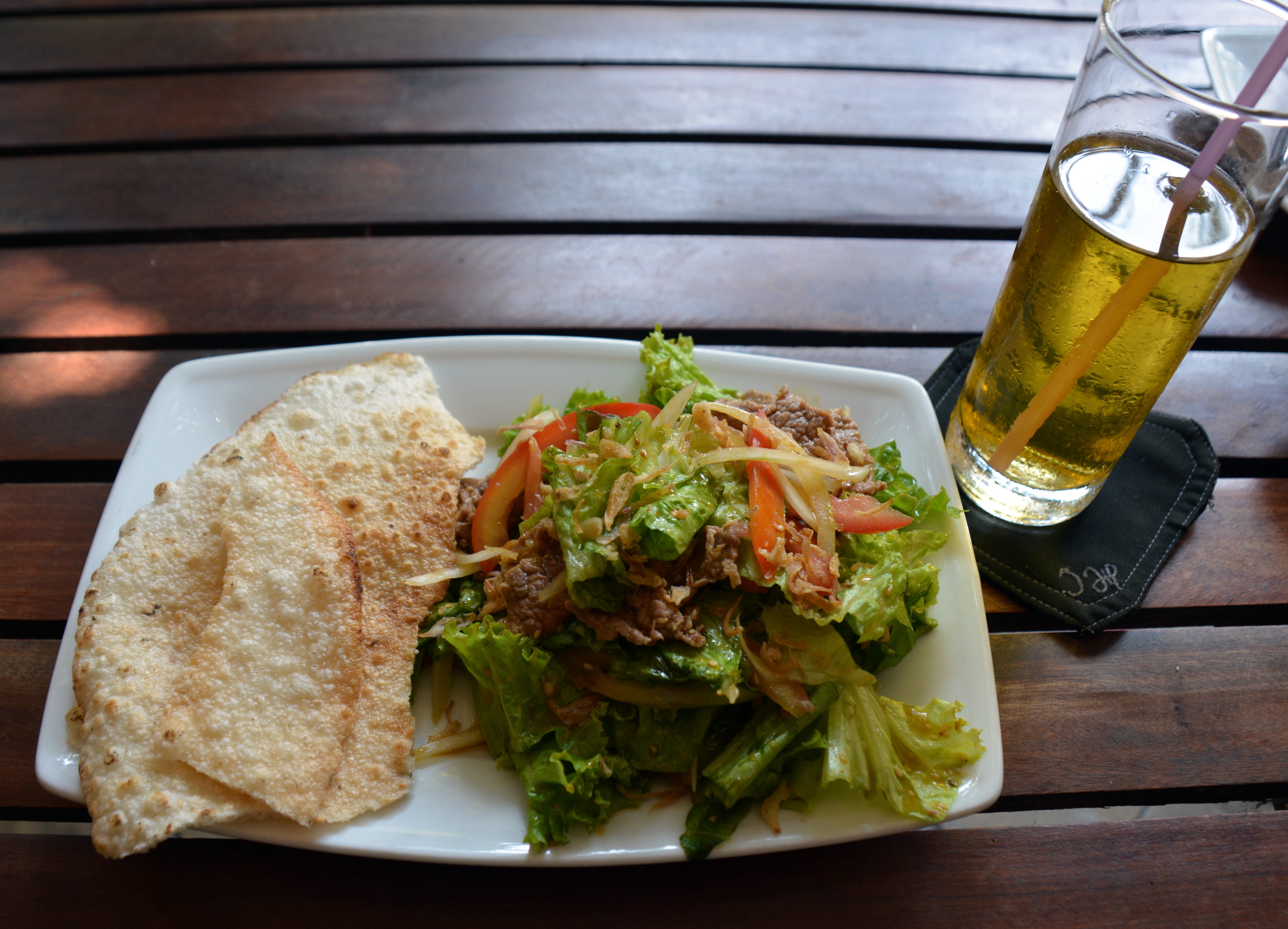
Pho: Ah pho, an old friend. Although I can eat this all over Laos, it’s just not quite the same as in its homeland of Vietnam. A cheap, salty bowl of rice noodles and meat, known to be tastier the more brackish looking the broth is (it means that the bones have been boiling for longer). Add fresh lime, chili sauce/flakes, mint, sugar to taste. I’m sure there are posh Manhattan fusion restaurants that sell it for $14, but I’ll never be willing to spend more than $1.

Spring rolls: Another ubiquitous Asian food that just seems better in Vietnam, perhaps for the sheer variety. Tofu, BBQ beef, shrimp, fish, egg, pork, you name it. Freshly wrapped in rice paper with sweet peanut sauce for dipping.
